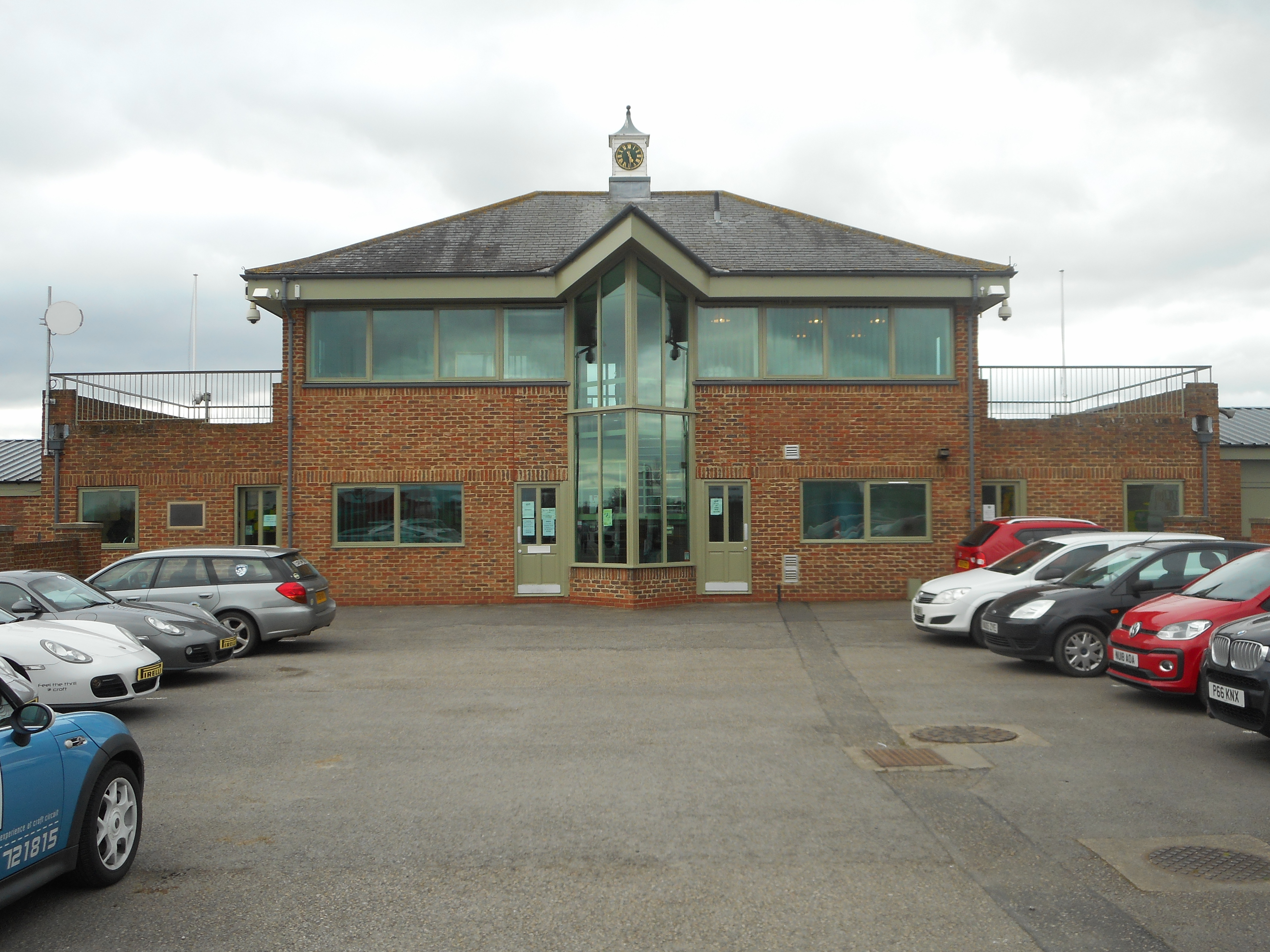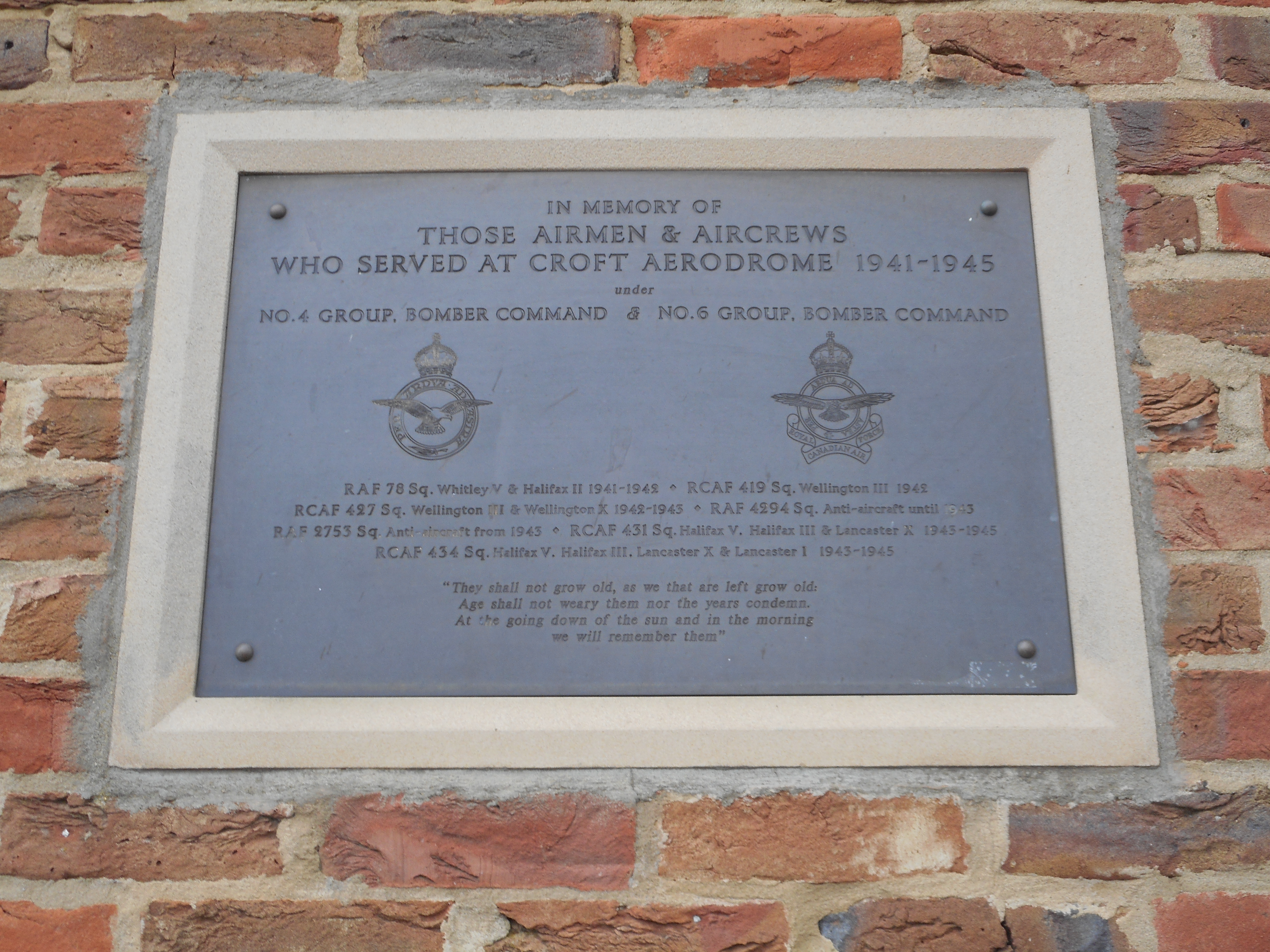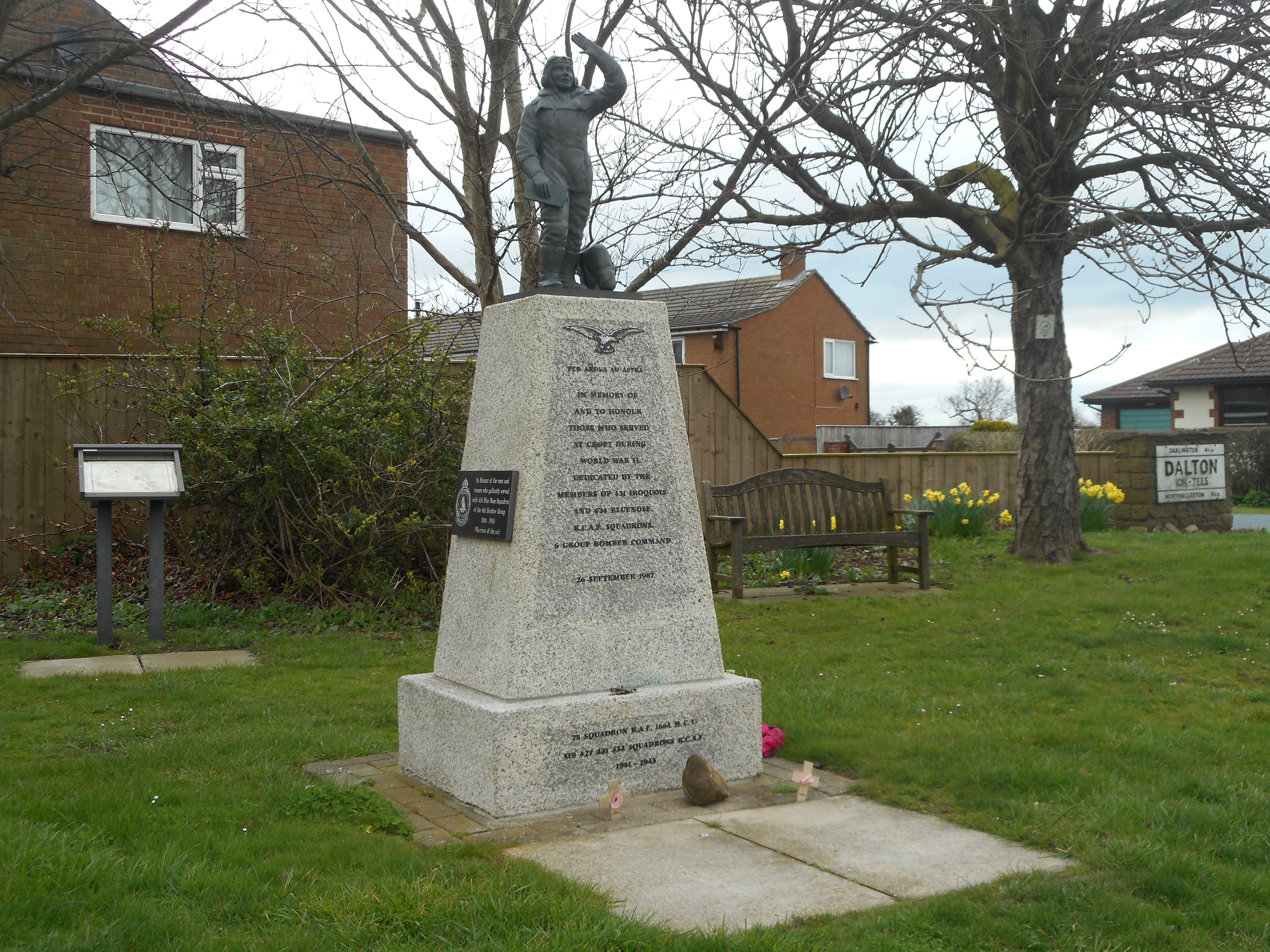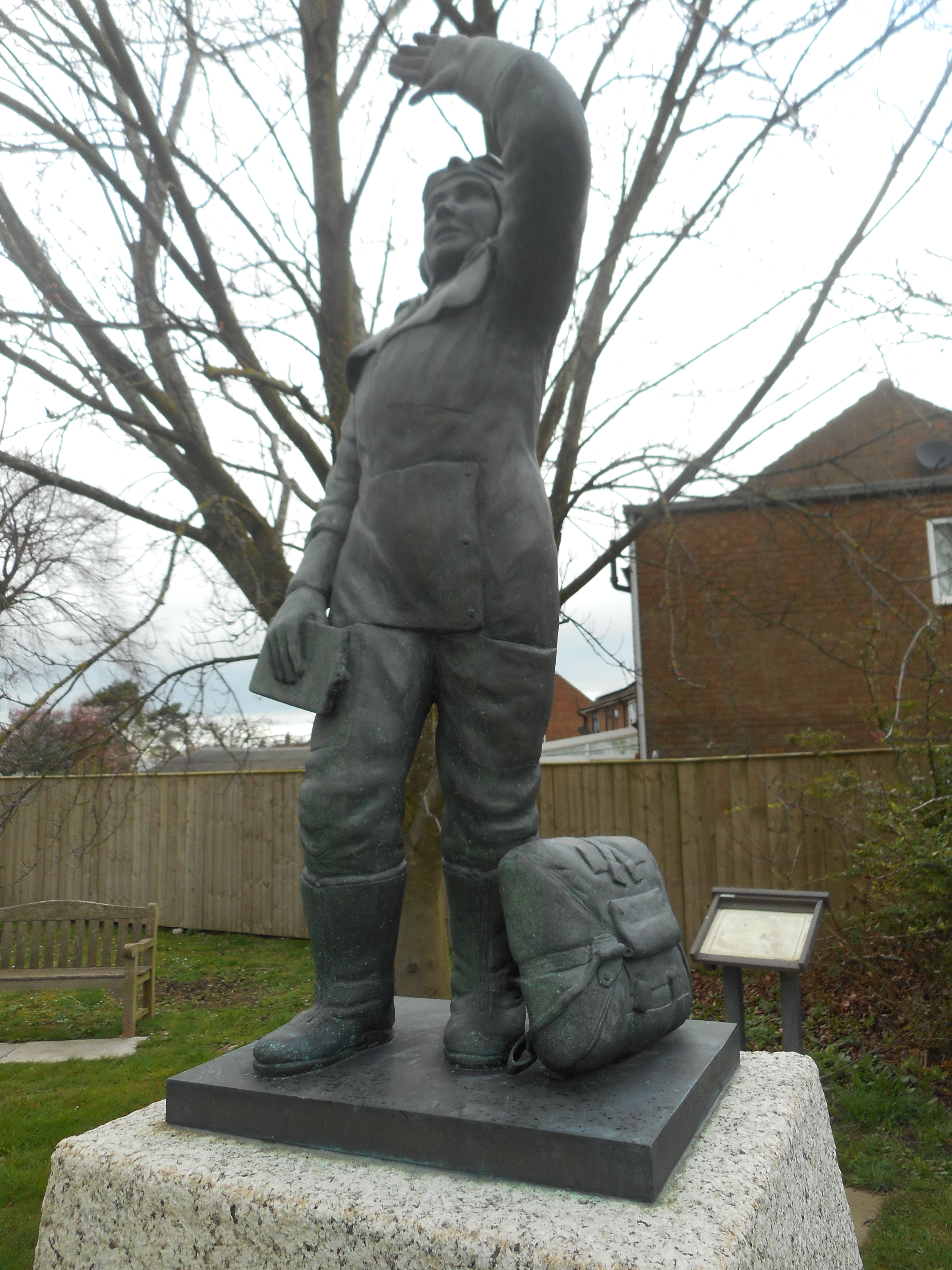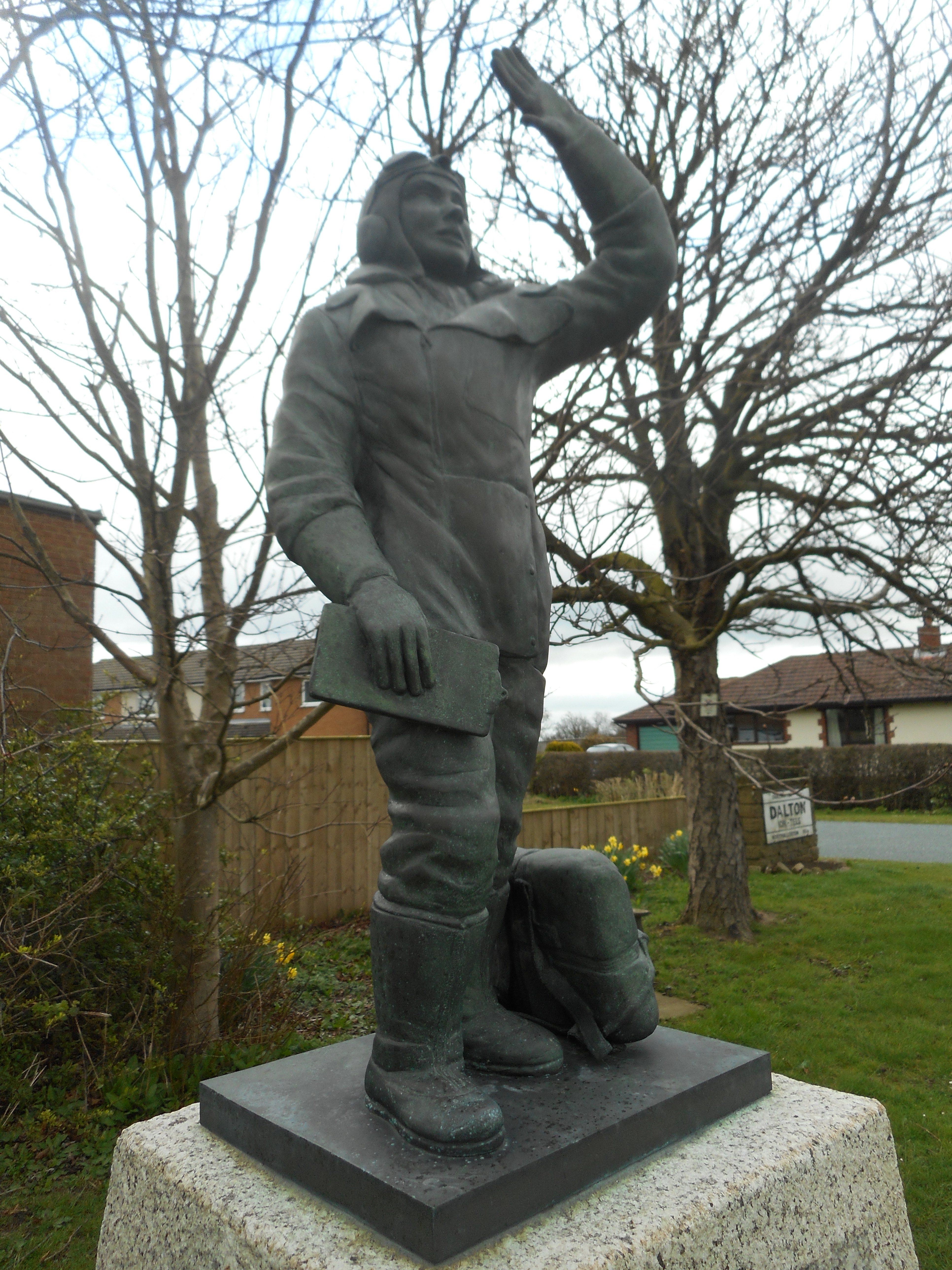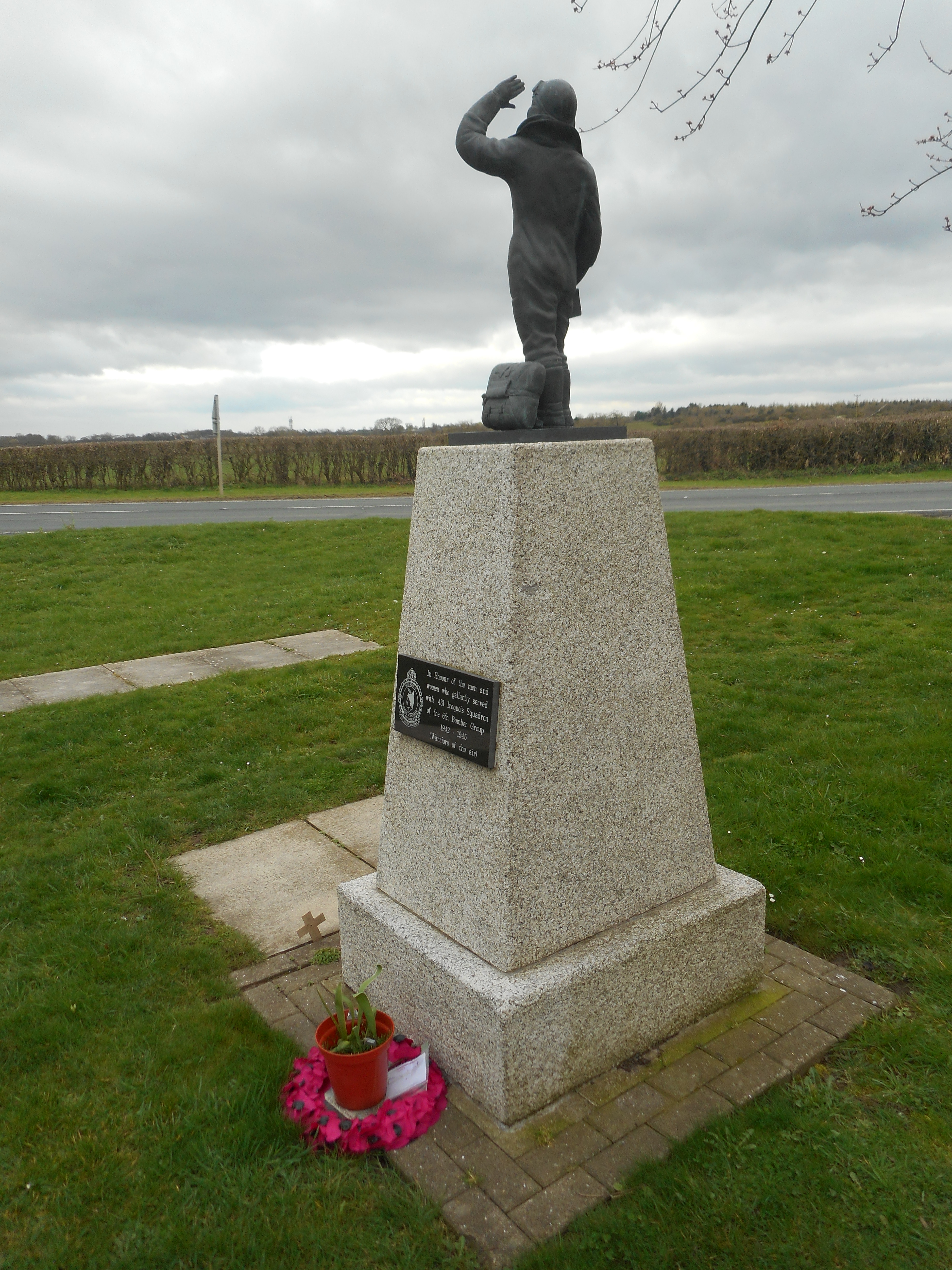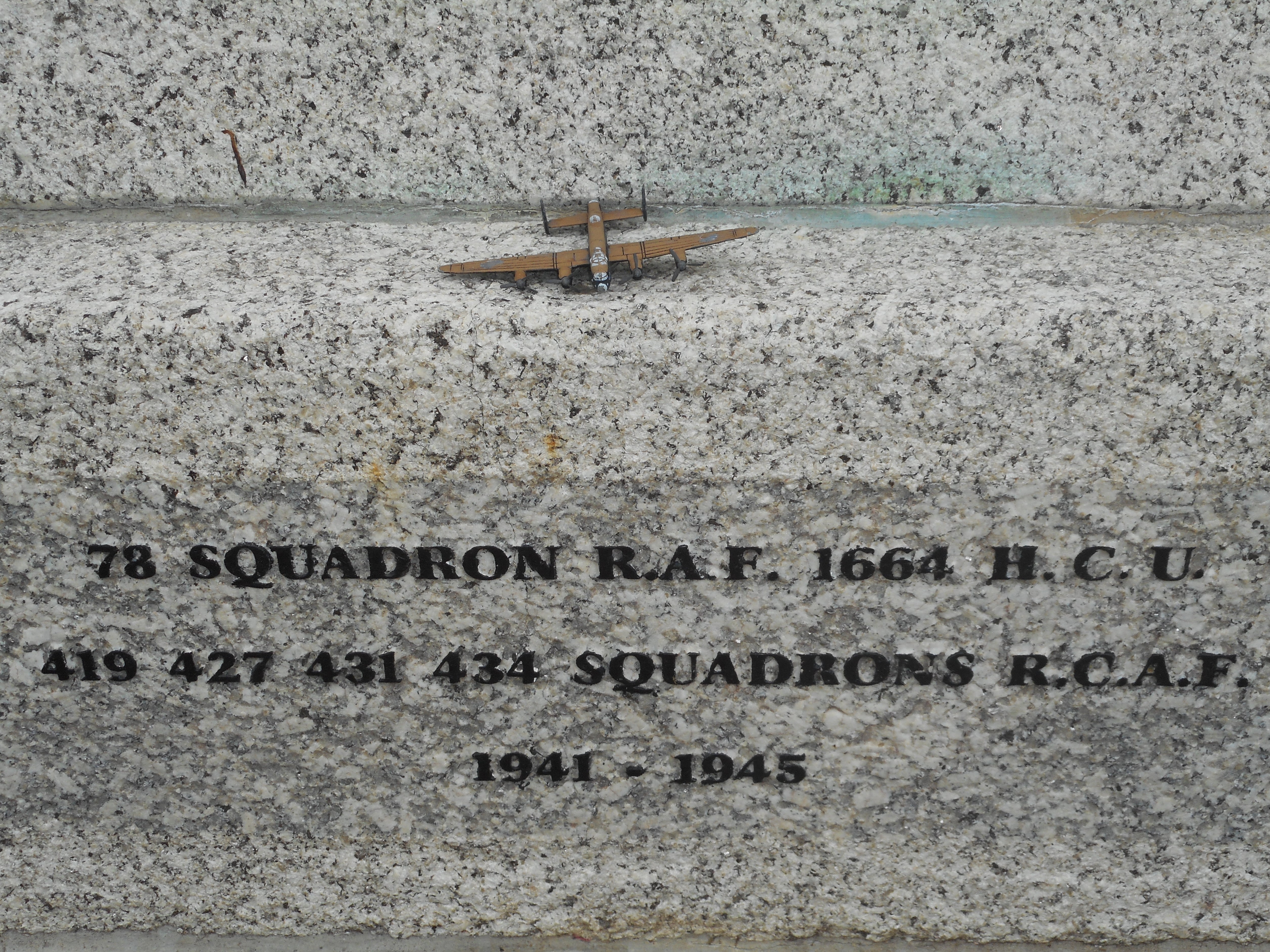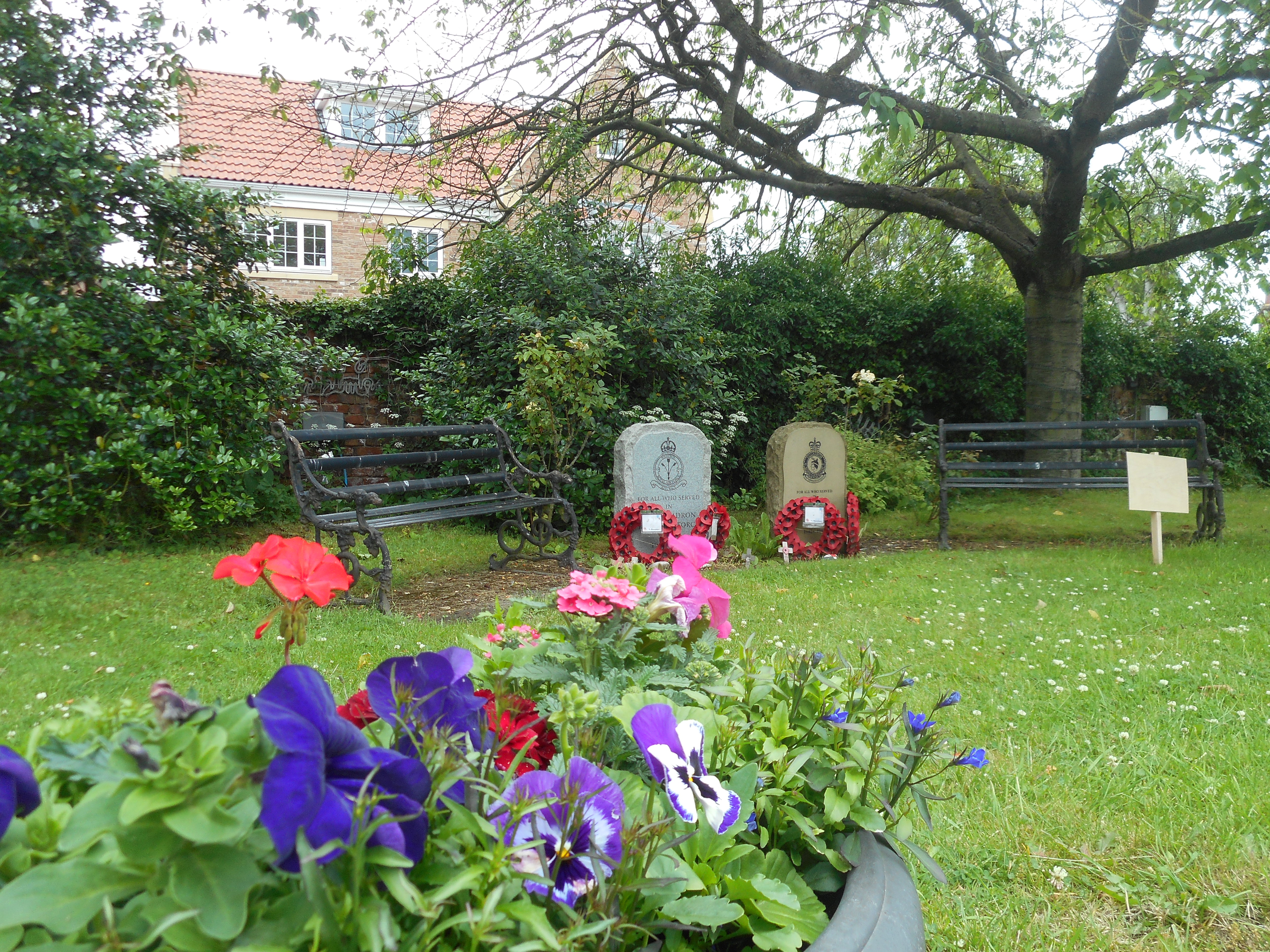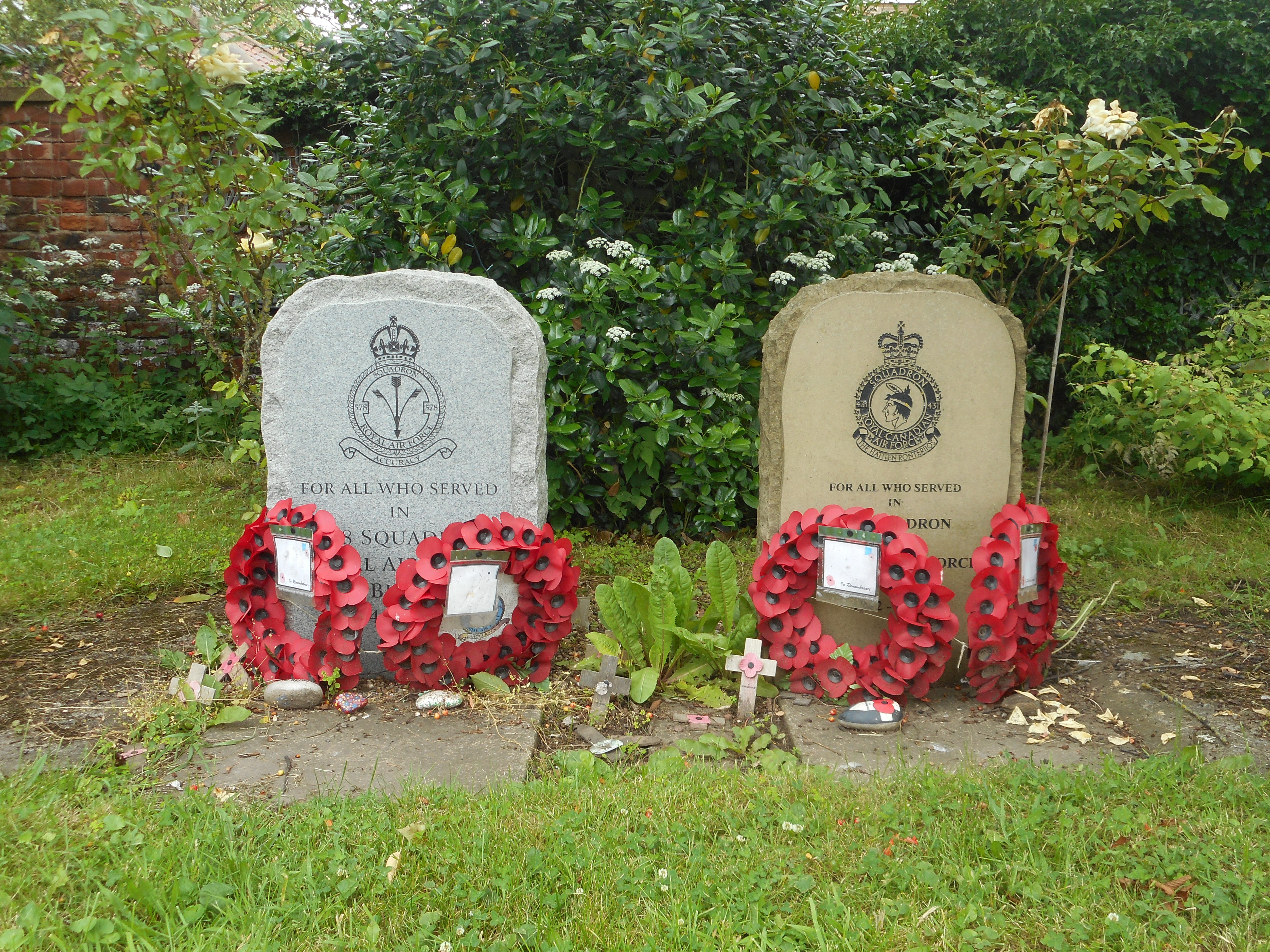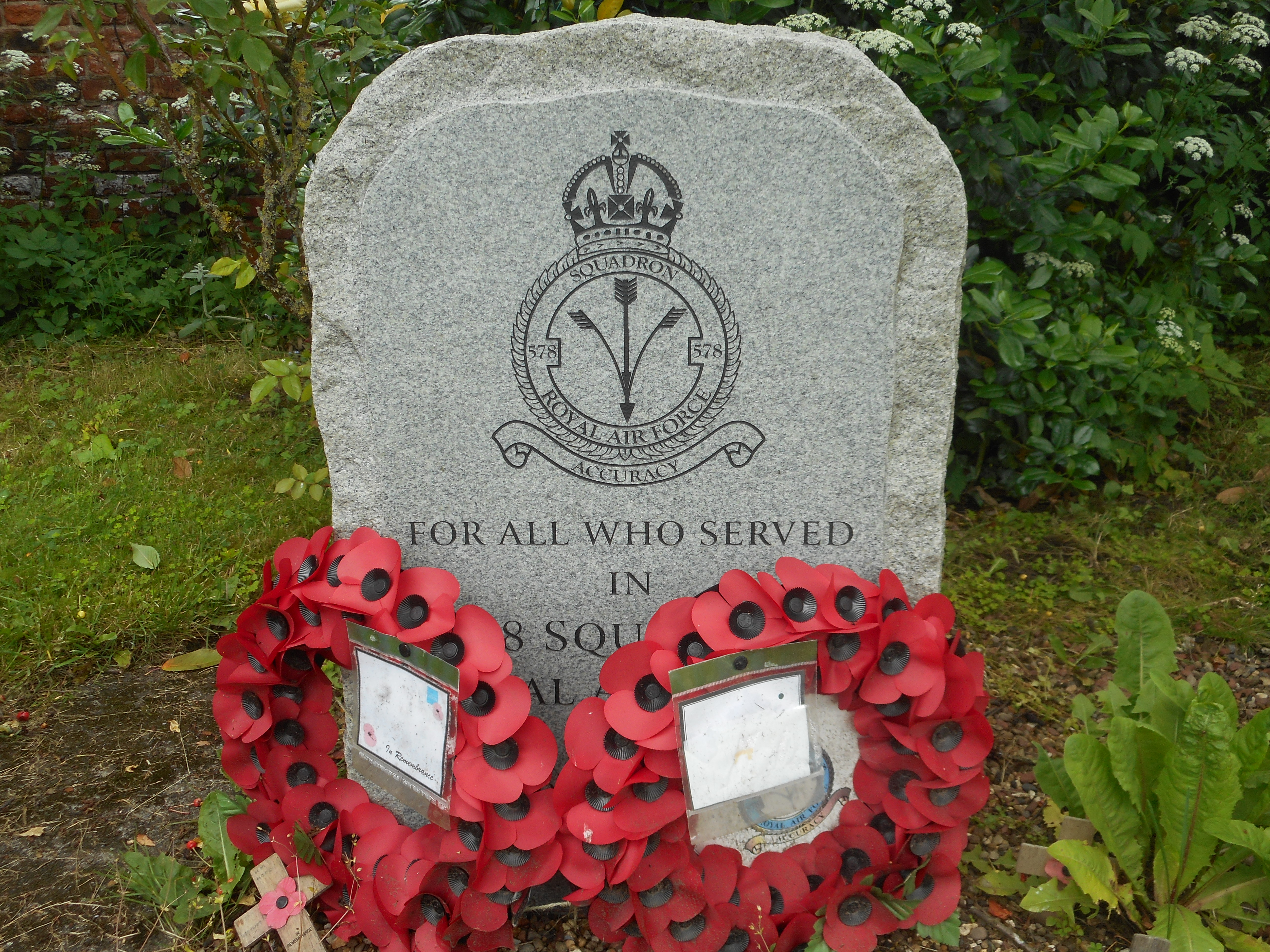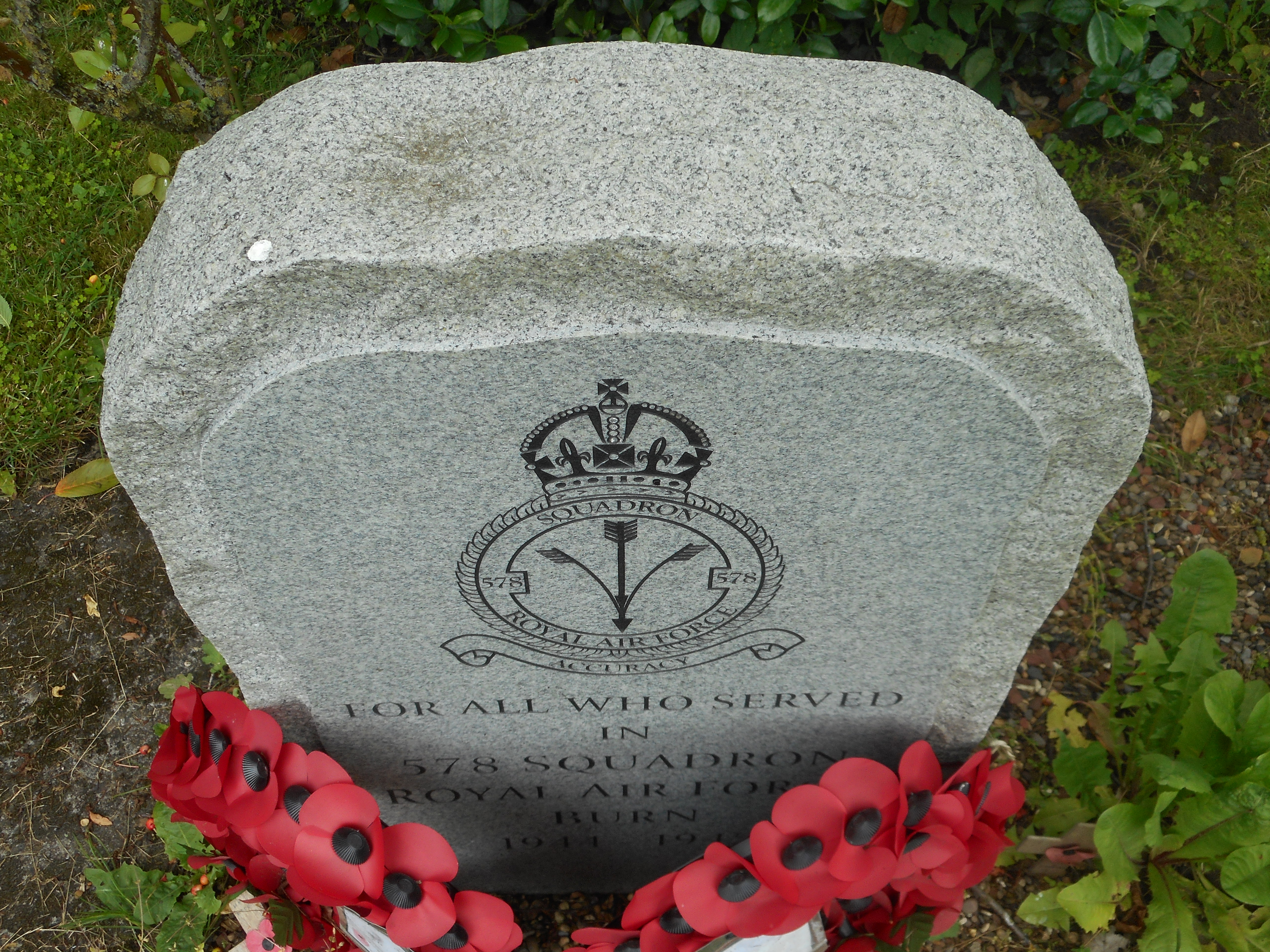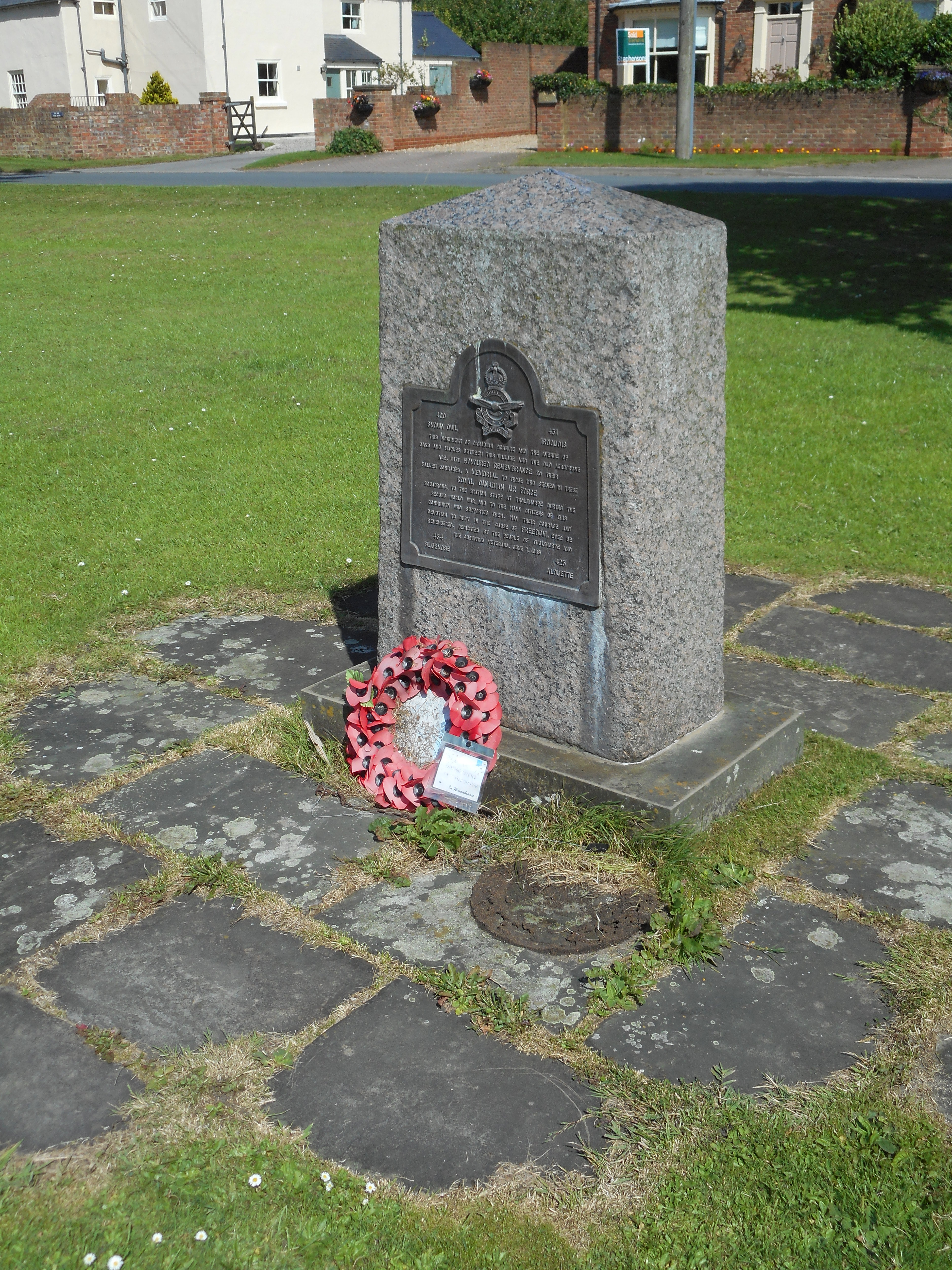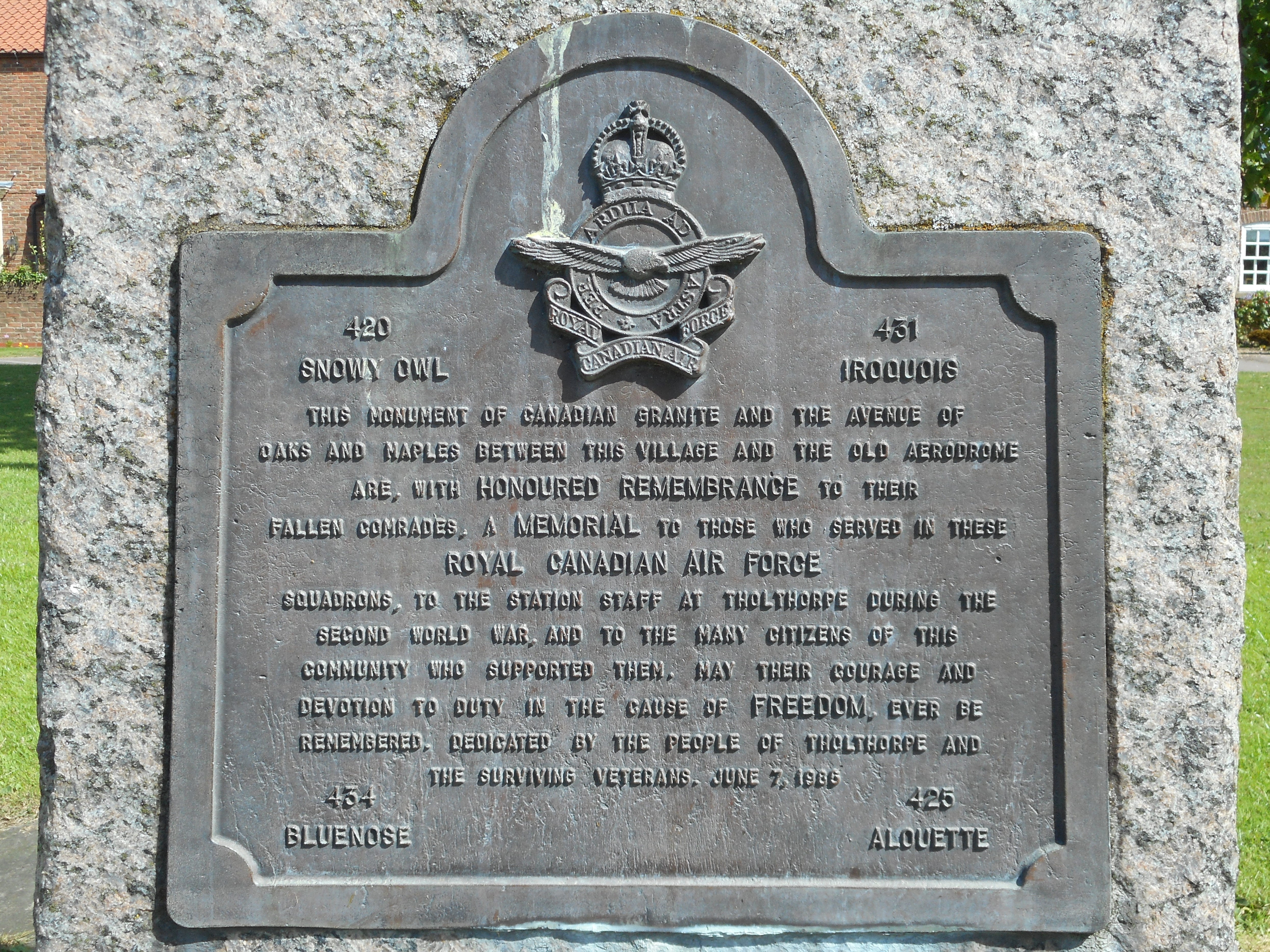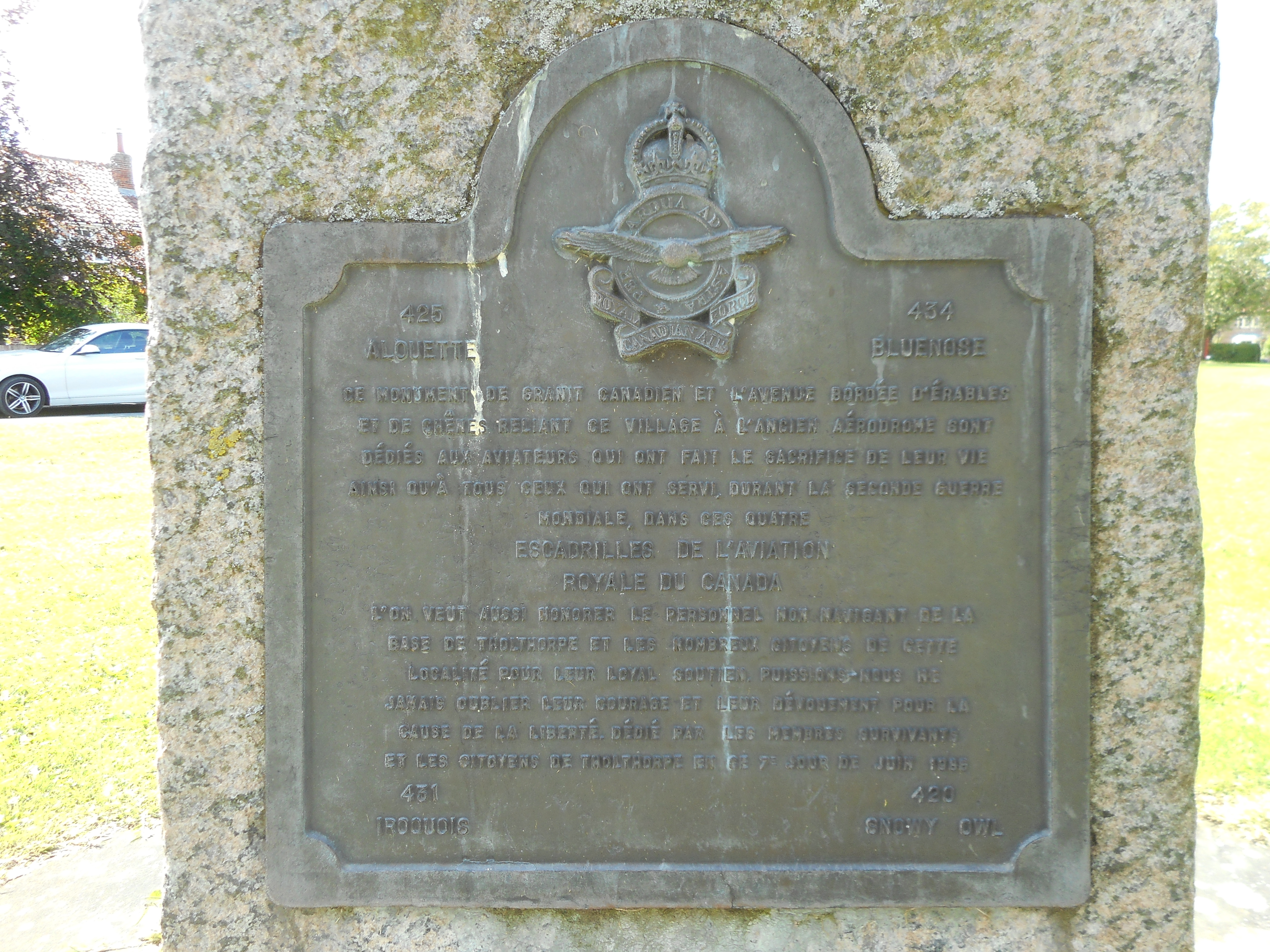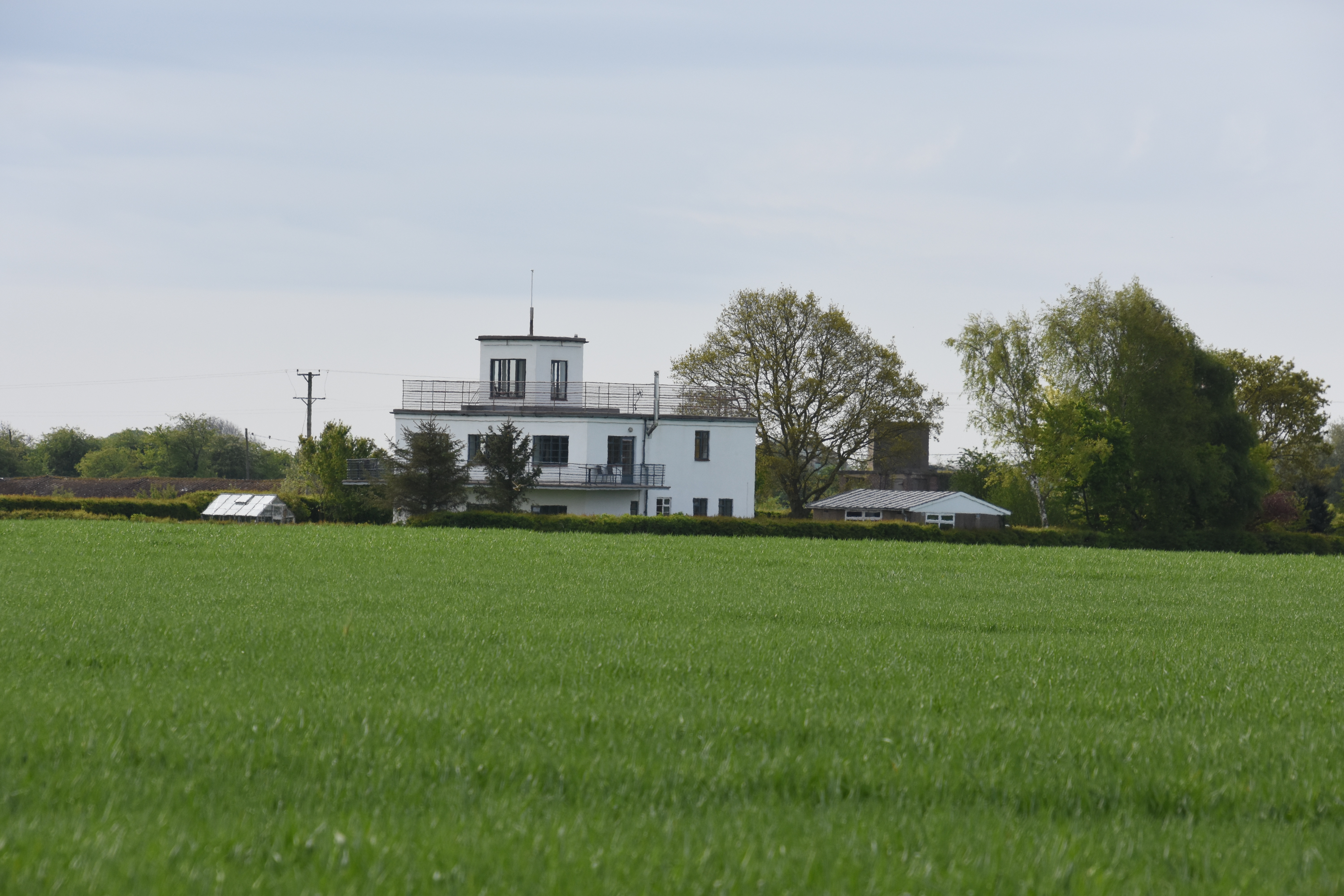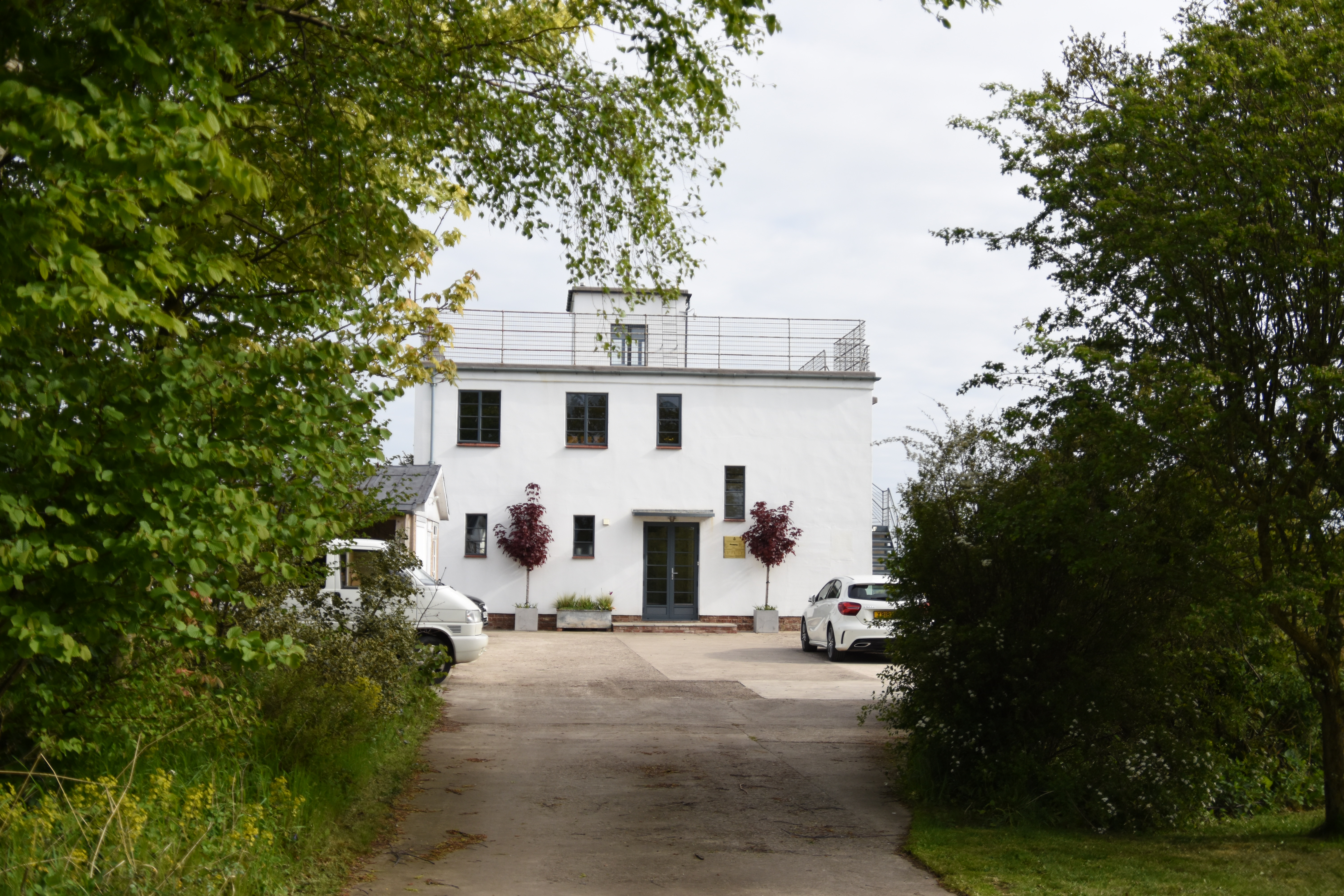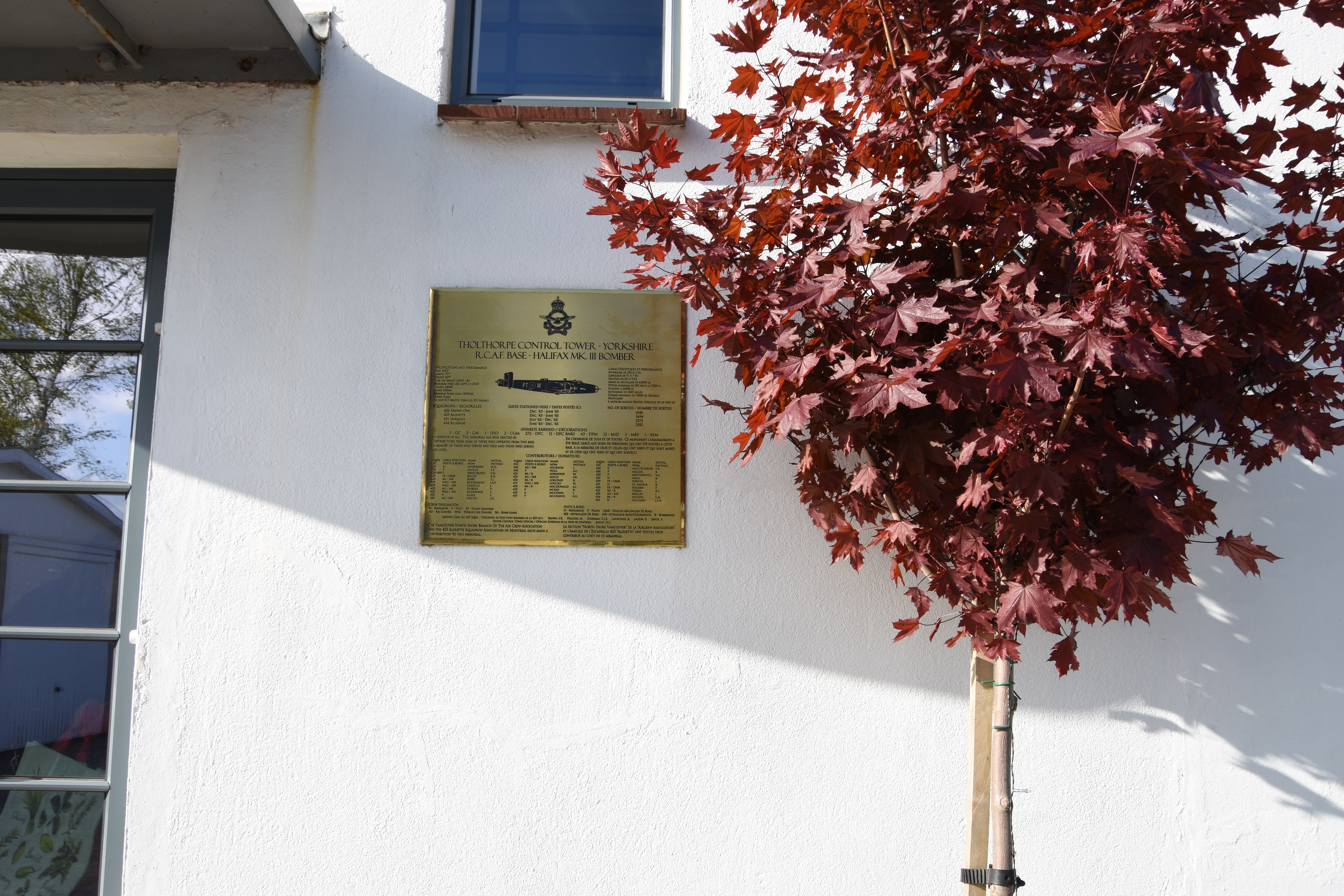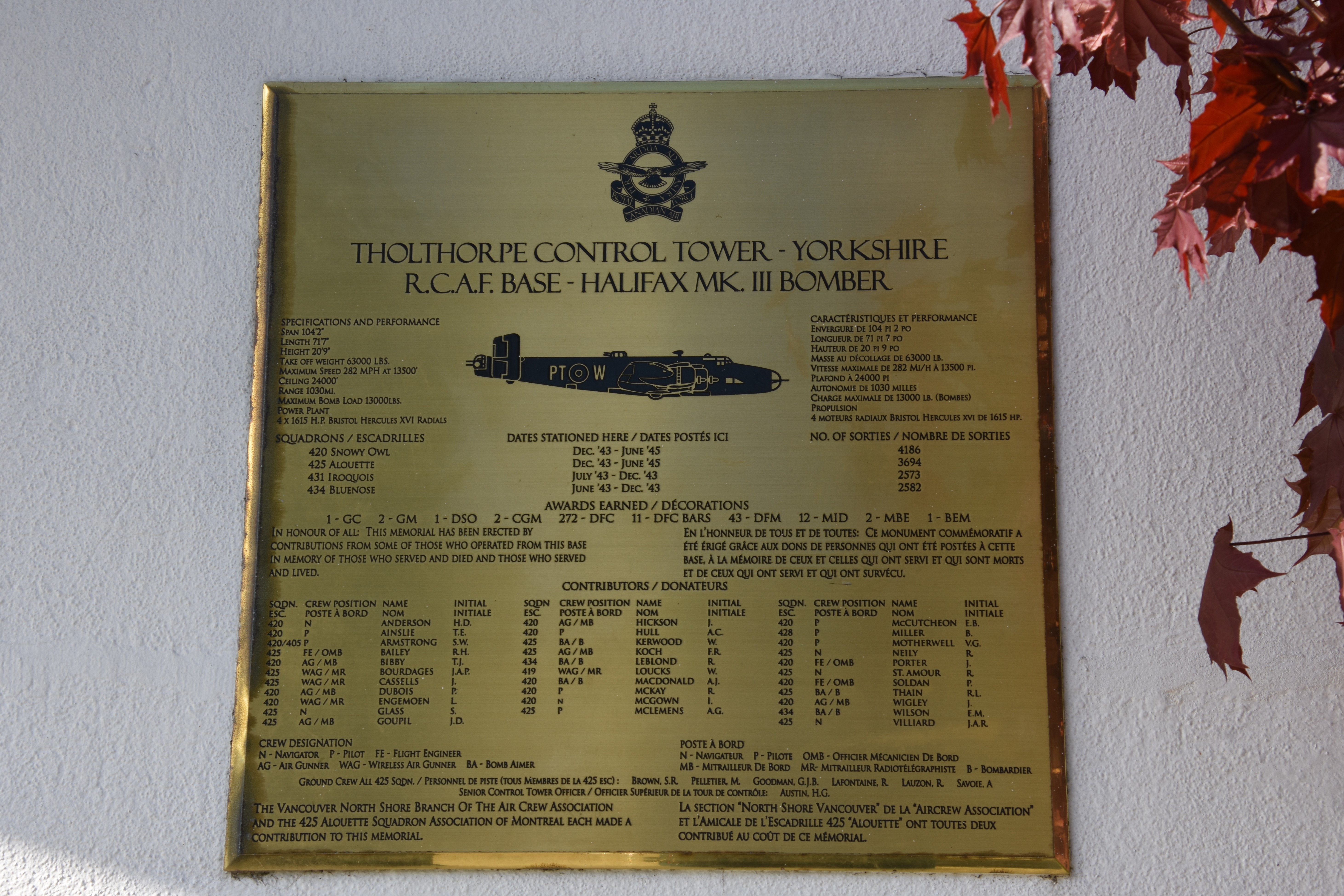Rowell, Lloyd George
Personal Information
| Rank | P/O |
| Forename(s) | Lloyd George |
| Surname | Rowell |
| Gender | M |
| Age | 26 |
| Date of Death | 20-02-1944 |
| Next of Kin | Son of George Alexander Rowell and Della Frances Rowell (née Nelson), of Rosetown, Saskatchewan, Canada. Husband of Vivian Rowell (née Allan), whom he married at New Westminster, British Columbia on 13 June 1942. Father of Carol Frances Rowell, born 7 October 1943. |
Aircraft Information
| Aircraft | Handley Page Halifax V |
| Serial Number | LK964 |
| Markings | SE-T |
Memorial Information
| Burial/Memorial Country | Germany |
| Burial/Memorial Place | Berlin 1939-1945 War Cemetery |
| Grave Reference | Coll. grave 9. L. 2-7. |
| Epitaph |
IBCC Memorial Information
| Phase | 2 |
| Panel Number | 236 |
Enlistment Information
| Service Number | J/86433 |
| Service | Royal Canadian Air Force |
| Group | 6 |
| Squadron | 431 (Iroquois) |
| Squadron Motto | The hatiten ronteriios (Warriors of the air) |
| Trade | WOp/AG |
| Country of Origin | Canada |
Other Memorials
| Location | Race Control Building, Croft Auto Circuit, North Yorkshire |
| Country | United Kingdom |
| Memorial Type | Inscribed Metal Plaque |
| Memorial Text | In memory of those who served at RAF Croft, 1941-1945 including 419 Sqn RCAF |
| Location | Roadside Location, A167, Dalton on Tees, North Yorkshire |
| Country | United Kingdom |
| Memorial Type | Inscribed Stone Memorial topped with metal statue |
| Memorial Text | In memory of those who served at RAF Croft, 1941-1945 including 419 Sqn RCAF |
| Location | Adjacent to A19, Burn, North Yorkshire |
| Country | United Kingdom |
| Memorial Type | Inscribed Memorial Stone |
| Memorial Text | A memorial to all those who served on 431 Sqn RCAF at RCAF Burn, 1942-1943 |
| Location | Village Green, Tholthorpe, North Yorkshire |
| Country | United Kingdom |
| Memorial Type | Memorial Stone with inscribed metal plaques & Maple Tree |
| Memorial Text | In memory of all those who served at RCAF Tholthorpe during WW2 including 431 Sqn RCAF |
| Location | Old Control Tower, former airfield site, Tholthorpe, North Yorkshire |
| Country | United Kingdom |
| Memorial Type | Inscribed Metal Plaque |
| Memorial Text | In memory of all those who served at RCAF Tholthorpe during WW2 including 431 Sqn RCAF |
Miscellaneous Information
| Lloyd was born on 21 August 1917 at Rosetown, Saskatchewan. His father, a mechanic, was born at Regina, Saskatchewan and his mother at Minneapolis. USA. He had a brother Sheldon who also enlisted in the RCAF in 1943 then later transferred to the Royal Navy Fleet Air Arm. Lloyd attended Capitol Hill school between 1927-1931 and then Burnaby North High, 1932-1935. He enjoyed playing soccer, basketball and softball and his hobby was fishing. Lloyd worked at the Canadian Western Lumber. Co. at Fraser Mills from 1935 and between 1940-1941 served in the 2nd Battn. New Westminster Regiment . |
| He enlisted on 5 August 1941 and after training was posted to the U.K. He embarked from Halifax on 16 May 1943 arriving at 3PRC on 24 May 1943. He was then at 4 AOS 15 June 1943, 22 OTU 13 July 1943, 61 Base 14 October 1943, 1664 CU 30 October 1943 , and 431 Squadron on 6 December 1943. Sadly the following year on 20 February 1944, Lloyd lost his life. |
Commonwealth War Graves Commission
The National Archives
| Record of Events (Operational Record Book) AIR 27/1858/4 |
| Summary of Events (Operational Record Book) AIR 27/1858/3 |
Fellow Servicemen
Please note that this list gives all the losses aboard the quoted aircraft and occasionally these may have occurred on an earlier date when the aircraft was not itself lost. Please check the dates of death carefully.
Last Operation Information
| Start Date | 19-02-1944 |
| End Date | 20-02-1944 |
| Takeoff Station | Croft |
| Day/Night Raid | Night (22% moon) |
| Operation | Leipzig. 823 aircraft, 78 losses (9.5%). Excluding early returners, the Halifax loss rate was 14.9%. As a result, Halifax Mks II and V were permanently withdrawn from service over Germany. The Kiel mine laying diversion was successful in drawing off fighters, but the German controllers only sent half of the available aircraft. As soon as the bomber stream crossed the Dutch coast they were confronted by the remaining half of the fighters and, moreover, the ones sent to Kiel were returned to join the fray. As a consequence, the fighters steadily picked off bombers all the way to this distant target. The winds were strongly than had been predicted and many bombers arrived early and had to orbit the target awaiting the Pathfinders, further increasing the likelihood of being picked off, either by flak or fighters. Leipzig was cloud covered and sky-marking had to be used. Early bombing appeared to be concentrated but later bombing less so. There was no local report nor a reconnaissance flight the following day. An American raid the following day then made it impossible to judge the effectiveness of the raid. |
| Reason for Loss | Lost over Germany |
